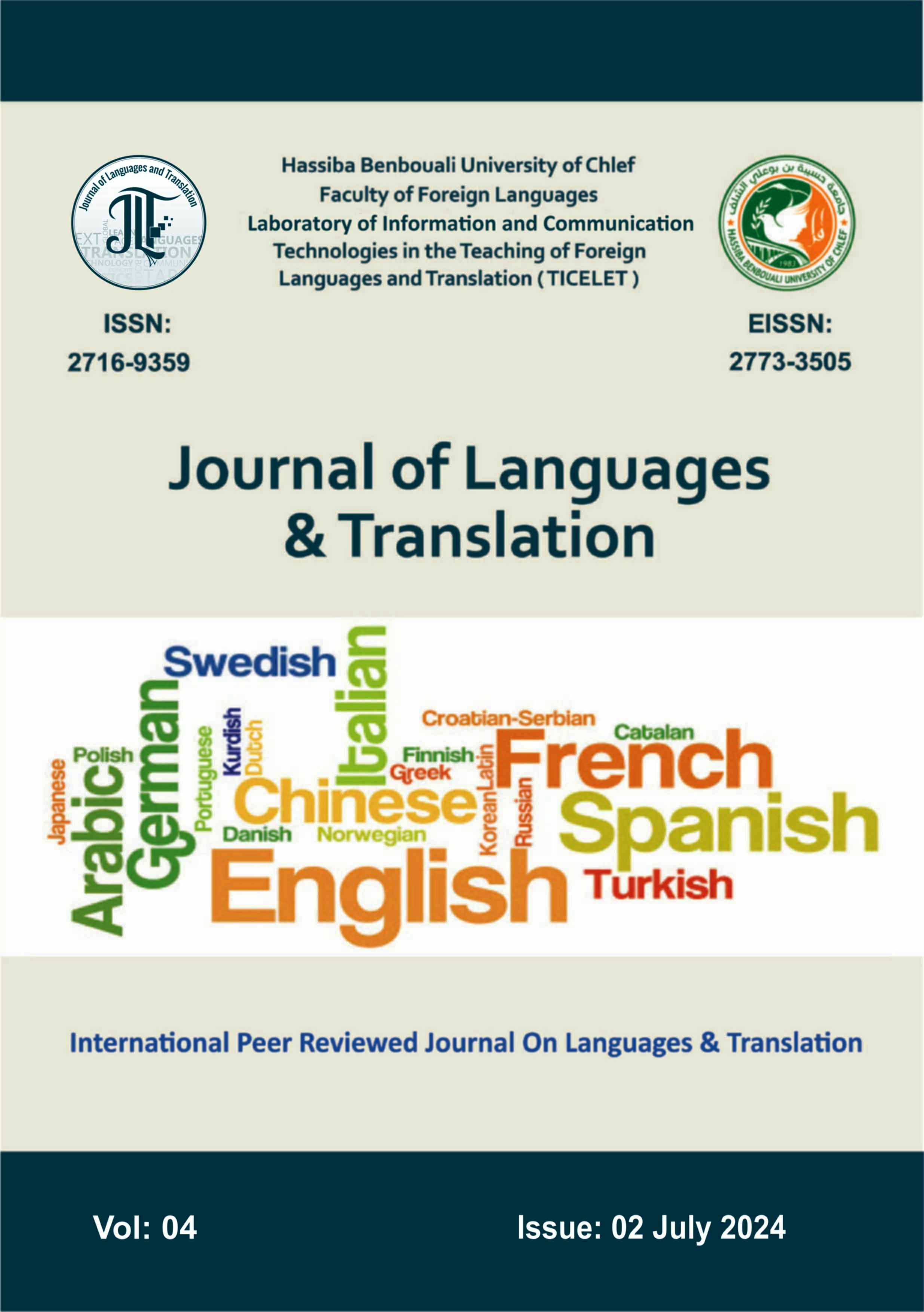Towards a New Reading of Spleen Baudelairien
the aesthetic investment of pain in Les Fleurs du Mal and Le Spleen de Paris
DOI:
https://doi.org/10.70204/jlt.v4i2.343Keywords:
Spleen, Romanticism, transcendence, pain, modern beautyAbstract
What else can we say about the abundantly read and reread work of Baudelaire? Such a question should neither disarm nor disappoint a modern reader anxious to delve into the writings of the classics in order to draw new meanings from them. That said, Les Fleurs du Mal and Le Spleen de Paris are eminently fertile and promising concepts that lend themselves to being read each time from a new perspective. It is, in fact, a very polysemic and “open” work in the sense that Umberto Eco gives to this term. It constantly presents itself to readers brand new and rich, thus transcending temporality in a very seductive way. Nothing surprising for such a work whose key words are the bizarre and the eccentric. It is in this sense that the present work attempts to re-explore a key concept of Baudelaire's poetry, in this case that of Spleen, in order to present a new reading of it. This concept usually charged with negative connotations seemed rather to express the consciousness in Evil shown by the author of Les Fleurs du Mal, constantly haunted by the desire for transgression and transcendence.

Downloads
Published
Versions
- 2024-08-22 (3)
- 2024-08-22 (2)
- 2024-07-05 (1)











